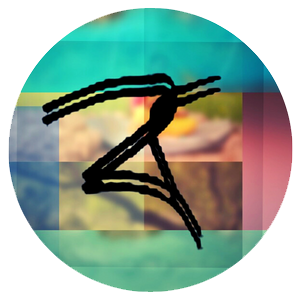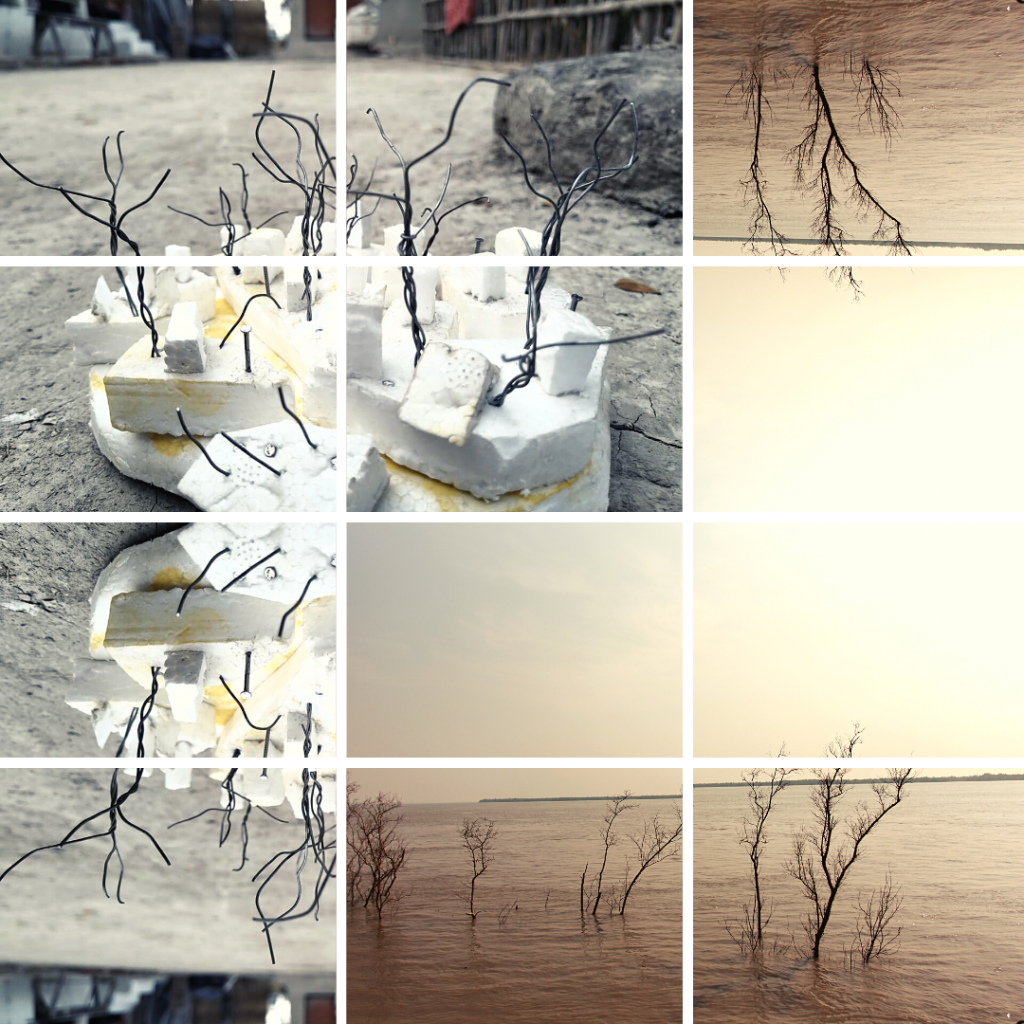One of our aims at Delta Lives has been to effect a global perception shift about the everyday lives of people in the deltas, starting from the Sundarbans. For that, our local participants first need to know about the neighbourhoods they inhabit in the deltas and connect with their talents, skills and practices and form perceptions about both (their neighbourhoods and their practices), that they would then want to communicate to an external audience.
As part of the Delta Lives participatory activities, we started asking Sundarban locals to record sounds and sights on their phones when they went out for walks, almost like a weekly ritual. While they were at it, some of our team members introduced them to the best ways of collecting locative media through posters circulated over WhatsApp and through Locative Walks we are conducting in the islands, accompanied by Nicole Voevodin Cash’s walking app, MADE (Many Adventures Directly Experienced). We observed National Walking Month in May when we began to make sense of the Sundarban delta through snippets shared from the walks. You can take a peek at these walks in these posts:
https://www.instagram.com/p/CdKzvTgL81K/
https://www.instagram.com/p/CddG6urh-ni/
https://www.instagram.com/p/Cd5YL0UBIL5/
https://www.instagram.com/p/CeLfzcyhjNu/
We will discuss these walks in greater detail, in our upcoming blog posts.
But much before we had started these walks, we had started discussing the co-creation of space with individuals on the islands. One such participant is a local idol maker and sculptor, Keshab Gayen. An open question that we had been asking all Delta Lives participants (and non-participants) is: What does the delta mean to you, and what does life on the delta signify? Some responded by drawing an island with mangrove cover; others responded by narrating fishing stories.
Keshab Gayen responded by making a threadbare delta with thermocol, wires and pins. We weren’t expecting quite something like this when we had asked him about the delta and its significance to him. We had hoped to plant the seeds of some locative thought in his mind which might then guide his future sculpting and idol-making endeavours. Looking at the thermocol model from up close, I remember trying to fathom it, picking out elements mentally and relating them to the visual memory I had of the landscape from the years of visiting the Sundarbans delta. Stripping the water-flanked deltaic islands of their colours, the shapes and lines came surprisingly close to what Keshab Gayen had made in the matter of a few hours.
Later, while sifting through all the material we had shot and recorded, we came across this photograph of the delta landscape, taken on one of our earlier visits to the place. The resemblance was striking and immediately apparent. Here’s a look at Keshab’s model and our photograph.
We celebrated World Environment Day and World Ocean Day, earlier this month, with collaborative social media posts. The social media content from these occasions needs separate blog posts dedicated to them if we are to discuss the strands of thought that went into their collation and making. In these posts, too, invisible connections have been explored and established between fiction & research, people & places, poetry & photographs and places & places (different landscapes).
We will deep-dive into these two posts in our next blog post in this series. Stay with us as we learn to hear the mermaids singing!
(“Teach me to hear the mermaids singing” from Go and Catch a Falling Star’, a poem by John Donne)Note English Lit. grads and poetry enthusiasts will know that John Donne’s poetry was famous for the literary device called ‘conceits’, where two dissimilar objects are likened together.

